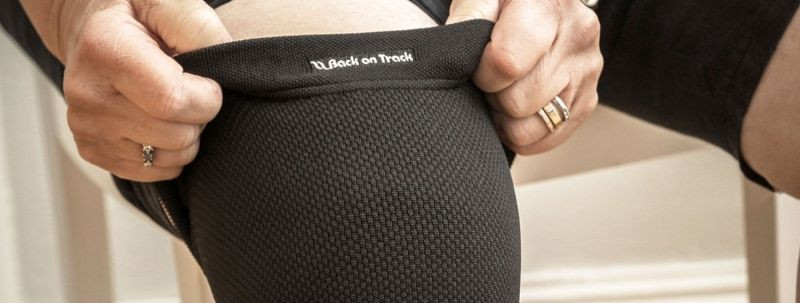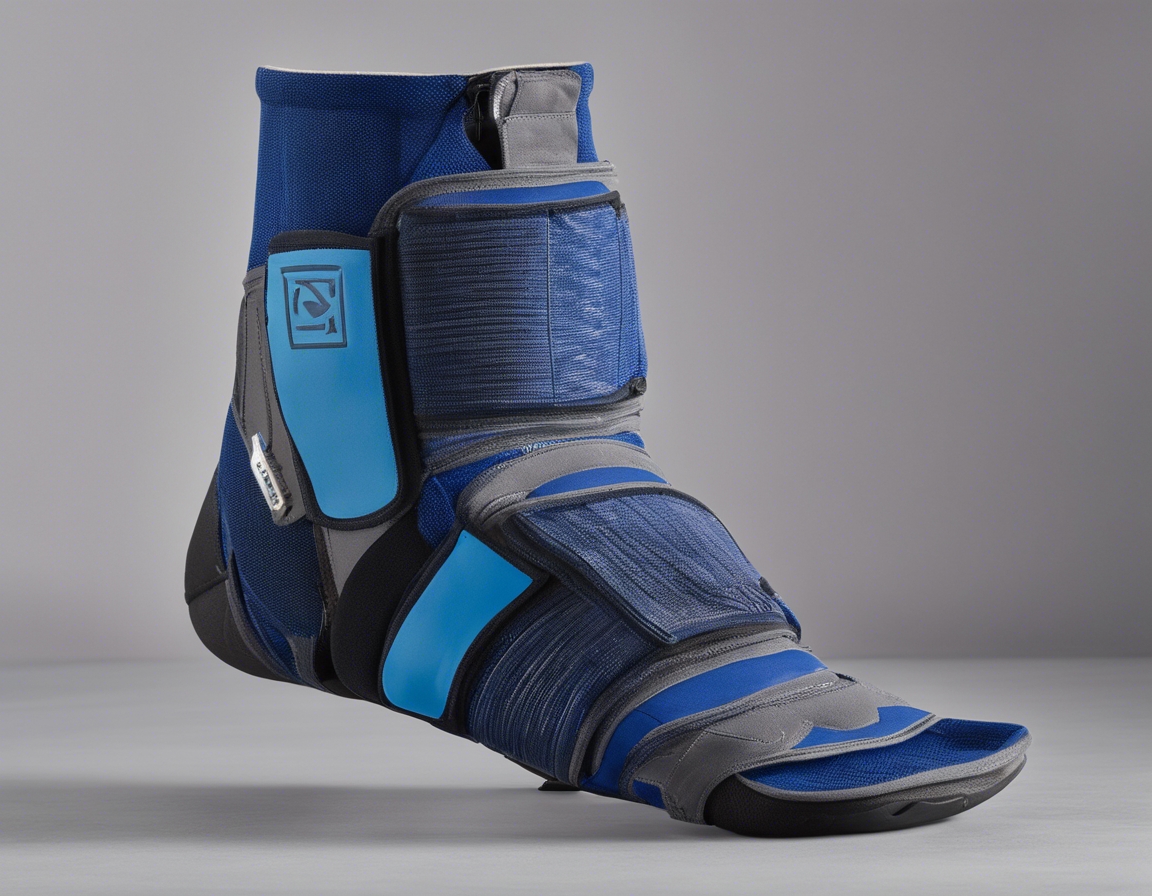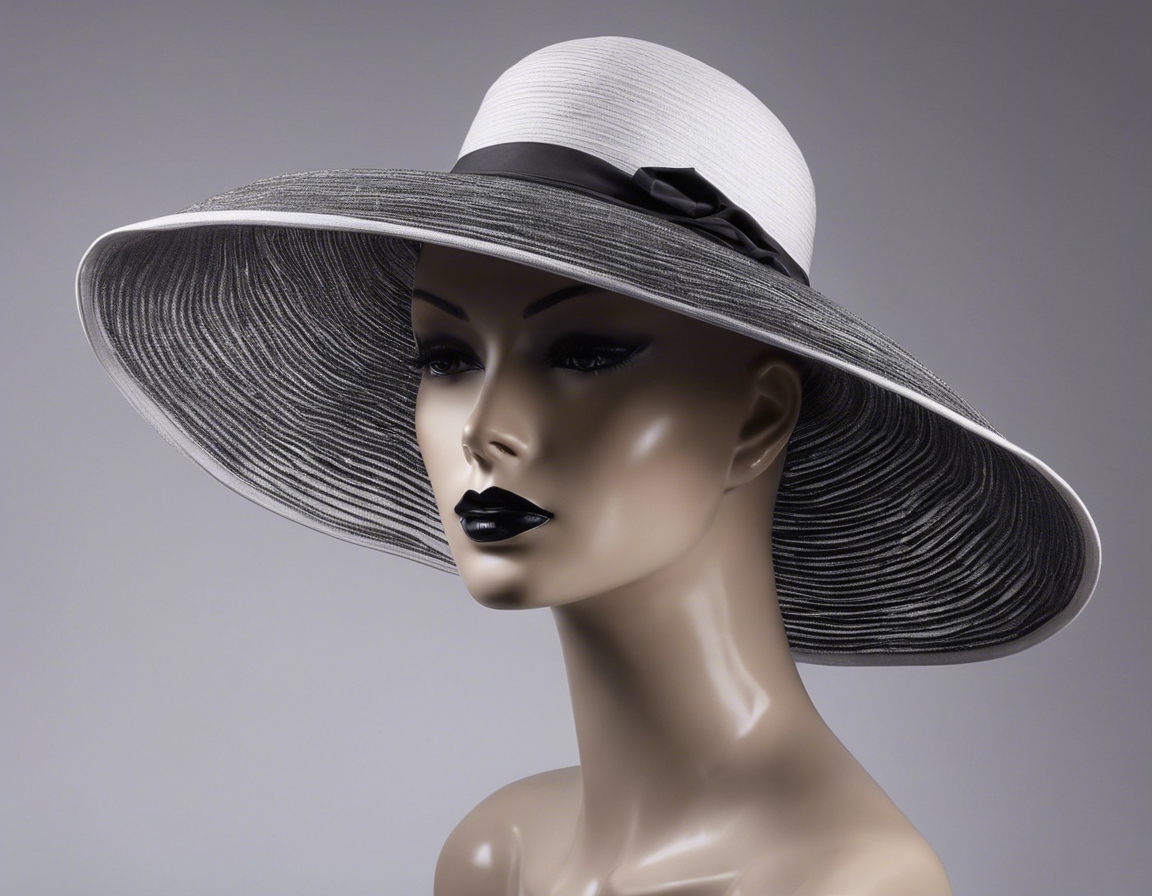The ultimate guide to choosing the right knee pad
Knee pads are an essential piece of protective gear for anyone looking to safeguard their knees from injury or alleviate pain. Whether you're an athlete, someone dealing with joint discomfort, or an elderly individual aiming to preserve mobility, knee pads can provide the support and protection you need.
There are various types of knee pads available, each designed for specific activities and needs. From lightweight sleeves for mild support to heavy-duty pads for high-impact sports, understanding the different options is crucial for making an informed decision.
Understanding Knee Pad Materials
Foam padding is common in knee pads, offering cushioning and impact absorption. The density and thickness of the foam can vary, affecting the level of protection and comfort.
Gel inserts provide a more contoured fit and can distribute pressure evenly across the knee. They're often used in knee pads for activities that require prolonged kneeling.
For high-impact sports or jobs, knee pads with plastic or metal shells offer the highest level of protection against sharp objects and hard impacts.
Factors to Consider When Choosing Knee Pads
The right knee pad should feel comfortable and snug without restricting movement. It's important to try on different sizes and styles to find the best fit for your body.
High-quality materials and construction are key for knee pads that last. Look for durable fabrics and reinforced stitching to ensure longevity.
Consider the level of protection you need based on your activity. More intense activities will require knee pads with higher impact resistance.
While protection is important, you also need to maintain a good range of motion. Look for knee pads that offer flexibility without compromising on safety.
Knee pads should fit well and stay in place. Adjustable straps or sleeves with elastic materials can help achieve a custom fit.
The type of activity you engage in will dictate the kind of knee pad you need. Different sports and tasks require different levels of padding and protection.
Special Features to Look For
To prevent the knee pads from sliding down during use, look for options with anti-slip technology such as silicone strips or elastic bands.
For those who sweat during their activities, moisture-wicking fabrics can keep the skin dry and prevent chafing.
Adjustable straps can help you secure the knee pads in place, ensuring they don't shift while you move.
Some knee pads come with extra padding in critical areas for additional protection. This can be especially useful for activities that put more stress on certain parts of the knee.
How to Properly Wear and Maintain Knee Pads
Wearing knee pads correctly is as important as choosing the right one. Ensure that they are neither too tight nor too loose and that they cover the knee area adequately.
Proper maintenance can extend the life of your knee pads. Follow the manufacturer's instructions for cleaning and store them in a cool, dry place.
Regular inspection for wear and tear is important. Replace your knee pads if they show signs of significant damage or no longer provide the necessary support and protection.






Comments (0)